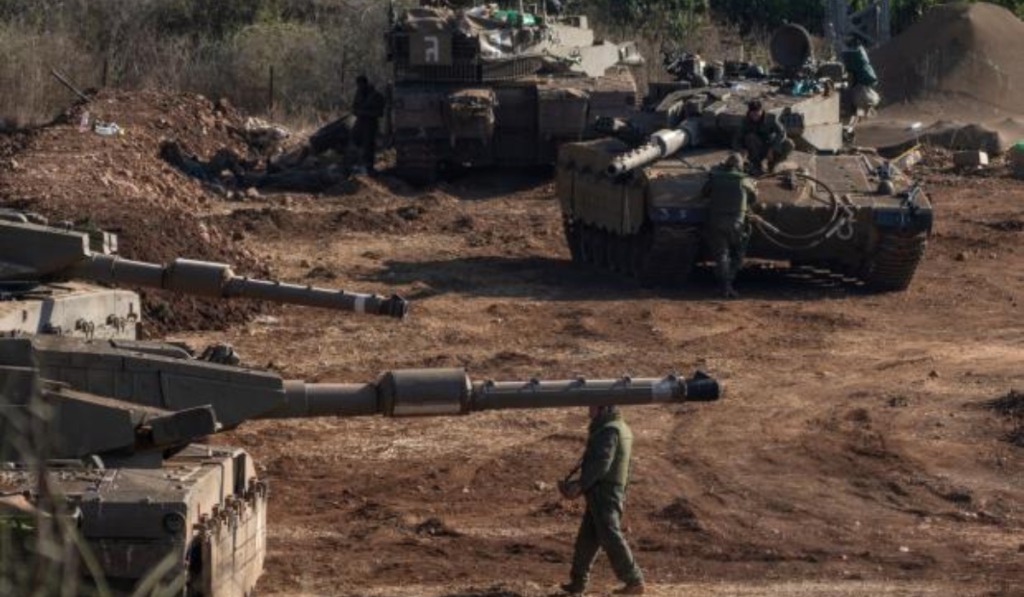The Israel-Hamas conflict is a deeply rooted and complex issue that has been a source of tension in the Middle East for decades. Political, historical, and religious factors contribute to its ongoing nature. In this blog, we will delve into the history of this conflict, the key players involved, the underlying causes, and the recent developments.
Historical Context
The roots of the Israel-Hamas conflict can be traced back to the late 19th century, when Jewish immigrants began settling in the region of Palestine, then under Ottoman rule. After World War I, the British Mandate over Palestine further complicated the situation as tensions between Jewish and Arab communities escalated.
The Creation of Israel
In 1947, the United Nations passed a resolution recommending the partition of Palestine into separate Jewish and Arab states. This led to the establishment of the State of Israel in 1948, a development met with mixed reactions. While Israel celebrated its independence, neighboring Arab nations and Palestinian Arabs opposed the move, leading to the first Arab-Israeli war.
Hamas Emerges
Hamas, or the Islamic Resistance Movement, emerged in the late 1980s. It is a Palestinian political and military organization with Islamist roots. Hamas’s charter includes liberating Palestine from Israeli occupation and establishing an Islamic state. Over time, it has gained significant influence in the Gaza Strip.
Key Issues

Several key issues contribute to the ongoing conflict:
- Territorial Disputes: The primary source of conflict is the control of territories, including the Gaza Strip and the West Bank. Israel’s settlements and control over these areas remain contentious issues.
- Security Concerns: Israel cites security concerns and the need to protect its citizens from rocket attacks as a reason for its actions in Gaza. On the other hand, Hamas justifies its rocket attacks as resistance to Israeli occupation.
- Humanitarian Concerns: The conflict has significantly impacted Israelis and Palestinians, leading to calls for international intervention and ceasefires.
Recent Developments
The Israel-Hamas conflict has witnessed periodic flare-ups, with military confrontations and ceasefires. The competition remains highly volatile, with peace negotiations often hindered by longstanding grievances and mistrust.
Conclusion
In conclusion, the Israel-Hamas conflict is a deeply rooted historical, political, and religious issue. It continues to significantly impact the lives of Israelis and Palestinians, as well as the broader geopolitical landscape of the Middle East. A peaceful resolution remains elusive, but understanding the history and critical issues is essential in addressing this complex and enduring conflict.
FAQs
What is the Israel-Hamas conflict?
The Israel-Hamas conflict is a longstanding and complex dispute between the State of Israel and the Palestinian organization known as Hamas. It involves territorial, political, and ideological differences.
How did the conflict begin?
The conflict’s origins can be traced back to the late 19th century with the Zionist movement and the subsequent Jewish immigration to Palestine. It intensified with the establishment of the State of Israel in 1948.
Where is the conflict primarily located?
The conflict mainly centers around the Gaza Strip and the West Bank, territories with Palestinian populations and areas of strategic importance to Israel.
What are the critical issues in the conflict?
The primary issues include territorial disputes, security concerns, and humanitarian issues. These include the status of Jerusalem, Israeli settlements in the West Bank, security for Israelis, and the humanitarian situation in Gaza.
What is Hamas, and what are its goals?
Hamas is a Palestinian political and military organization with Islamist roots. Its charter includes liberating Palestine from Israeli occupation and establishing an Islamic state. It currently governs the Gaza Strip.
What role do neighboring countries play in the conflict?
Neighboring countries like Egypt and Jordan have played roles in peace negotiations and regional diplomacy. Some, like Iran, provide support to groups like Hamas.
Have there been attempts at peace negotiations?
There have been numerous attempts at peace negotiations over the years, including the Oslo Accords and the Camp David Accords. However, a lasting peace agreement has yet to be discovered.
How has the conflict-affected civilians on both sides?
The conflict has had a significant humanitarian impact, leading to casualties and displacement of civilians on both the Israeli and Palestinian sides. It has also resulted in damaged infrastructure and economic hardships.
What is the role of the United Nations and other international organizations in the conflict?
The United Nations and various international organizations have worked to mediate the conflict, provide humanitarian aid, and promote peaceful solutions. The UN has passed resolutions addressing the competition, but implementing them has been challenging.
What is the current status of the Israel-Hamas conflict?
The conflict remains unresolved and continues to flare up periodically. It is marked by military confrontations, temporary ceasefires, and ongoing tension, with a lasting resolution proving challenging.








